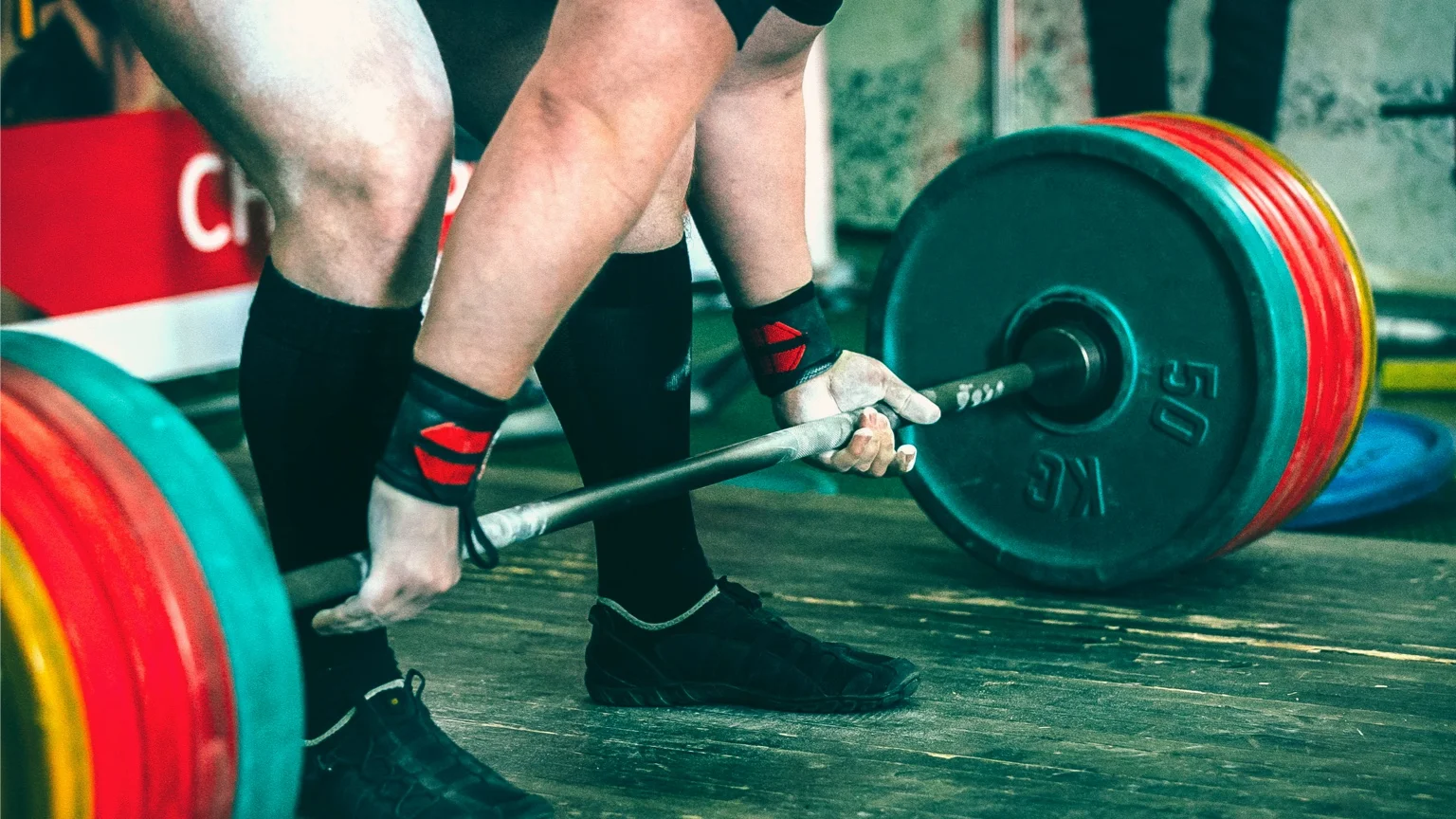

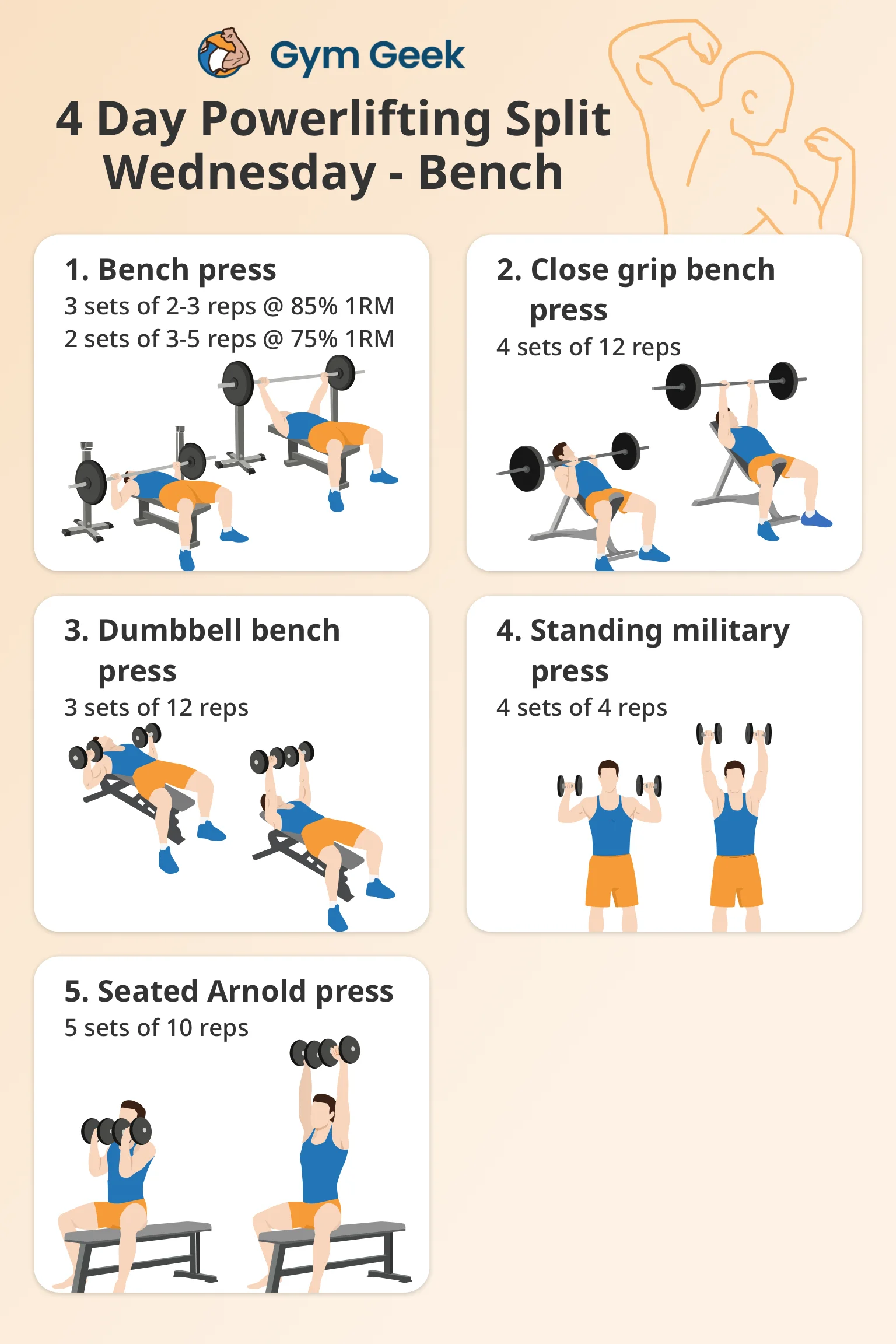
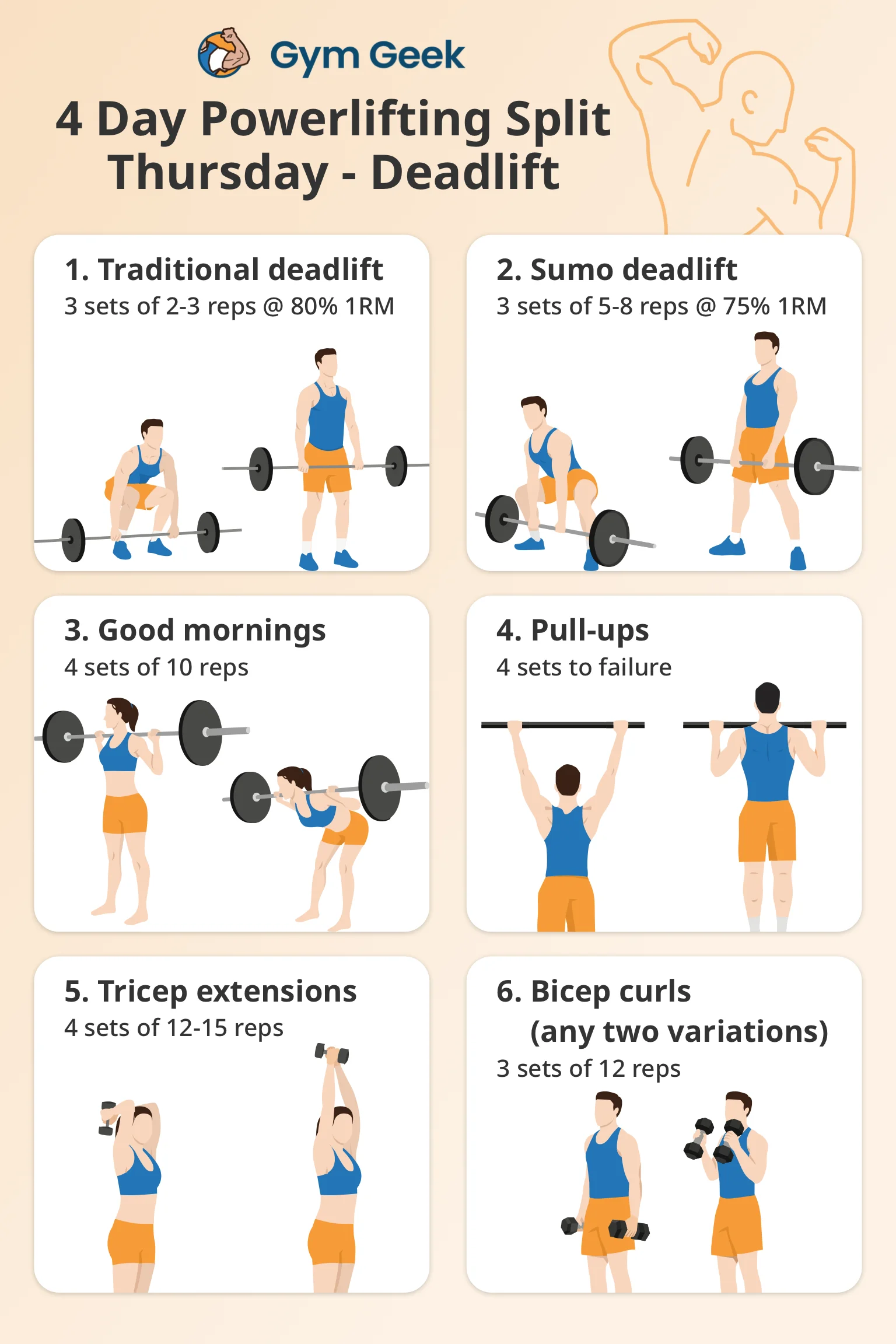
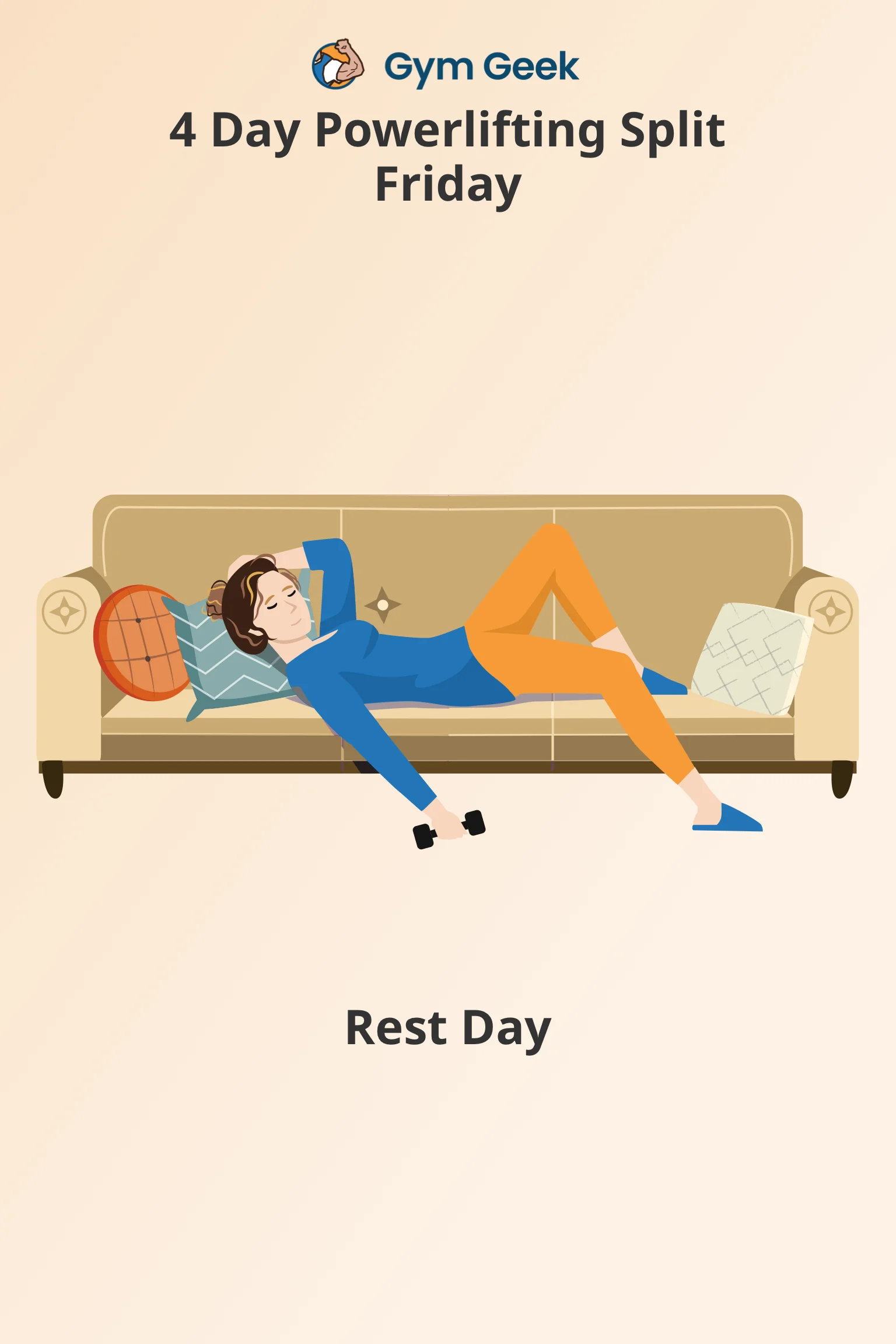
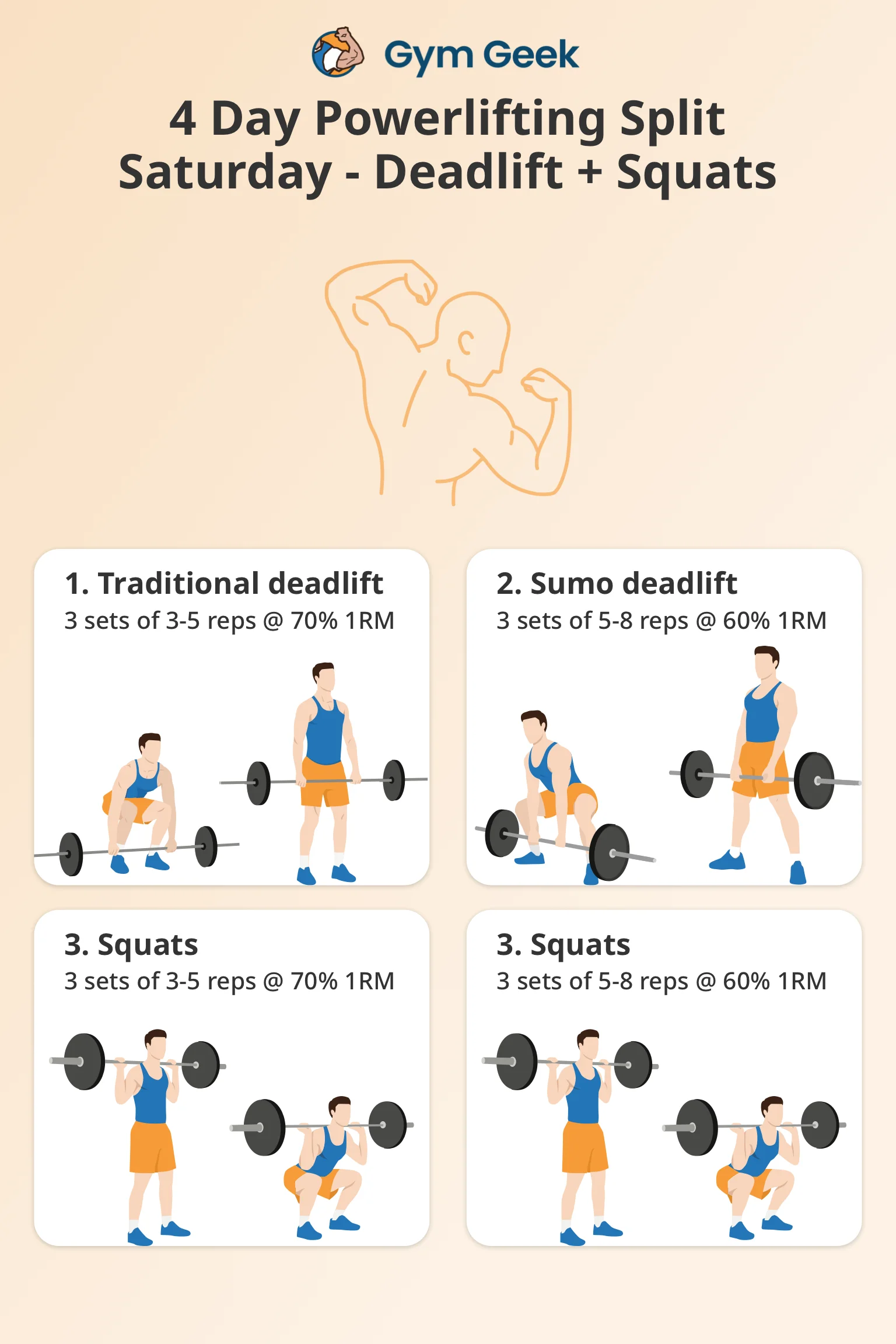

The routine
- Squats (at 80% of 1RM) - 3 sets of 2-3 reps
- Squats (at 75% of 1RM) - 2 sets of 5-8 reps
- Hack squats - 3 sets of 10 reps
- Leg press – 4 sets of 10 reps
- Leg extensions – 4 sets of 12-15 reps
- Bench press (at 60% of 1RM) – 6 sets of 3-5 reps
- Incline dumbbell bench press – 5 sets of 10 reps
Max effort day for squats
The first day of this routine combines both squats and bench, with it being your max effort day for squats. The squat primarily works your quads, hamstrings and glutes. It also engages your lower back muscles and core. And the bench press primarily works your chest muscles, helping to develop your upper body strength and size.
We start with squats -- 3 sets at 80% of your one-rep max (1RM), working with a small rep range 2-3 reps, quickly followed by 2 sets of 5-8 reps at 75% of your 1RM.
After the traditional (back barbell) squat, the hack squats provides a slightly difference stimulus to your lower body. This variation shifts the emphasis onto your quads. You can also think about including other squat variations into your routine – particularly the front squat and sumo squat.
Leg accessory exercises
We've included leg presses and leg extensions to specifically target your quads. These are excellent exercises to perform regularly in your routine, but you might consider adding lunges, too.

- Bench press (at 85% of 1RM) – 3 sets of 2-3 reps
- Bench press (at 75% of 1RM) – 2 sets of 3-5 reps
- Close grip bench press – 4 sets of 12 reps
- Dumbbell bench press – 3 sets of 12 reps
- Standing military press – 4 sets of 4 reps
- Seated Arnold press – 5 sets of 10 reps
Max effort day for bench
This is your max effort day for bench press. That's why we start with 2-3 reps at 85% of your one rep max (1RM). We follow this with a slightly lighter load (75% of your 1RM), which gives the routine sufficient volume for muscle growth.
Important – Ensure you always have a spotter present for the bench press, particularly since you’ll be lifting heavy weights near you max lift capacity.
When it comes to bench day, don’t shy away from adding multiple variations of the bench press to your workout. In addition to the heavier and lighter traditional bench press, we’ve included a close grip and dumbbell bench press.
The dumbbell bench press is particularly good for recruiting your stabilizing muscles. These muscles are often neglected when working with a barbell.
- Traditional deadlift (at 80% of 1RM) - 3 sets of 2-3 reps
- Sumo deadlift (at 75% of 1RM) - 3 sets of 3-5 reps
- Good mornings - 4 sets of 10 reps
- Pull-ups – 4 sets to failure
- Tricep extensions – 4 sets of 12-15 reps
- Bicep curls (any 2 variations) – 3 sets of 12 reps per arm, per variation
Traditional vs sumo deadlift
The routine assumes you train to lift the conventional deadlift. If you instead primarily lift with the sumo deadlift in meets, swap the traditional deadlift for the sumo variation, and vice-versa.
In addition to deadlifts, we also include good mornings to work your posterior chain. A strong posterior chain is particularly important while deadlifting. Pull-ups help build your back muscles, also key for the deadlift move.
Finally, we include some tricep and bicep exercises on this day. These exercises strengthen your arms and improve your grip on the bar for all three powerlifting moves.

- Traditional deadlift (at 70% of 1RM) – 3 sets of 3-5 reps
- Sumo deadlift (at 60% of 1RM) – 3 sets of 5-8 reps
- Squats (at 70% of 1RM) - 3 sets of 3-5 reps
- Squats (at 60% of 1RM) - 2 sets of 5-8 reps
Working with more reps
The final day in the 4 day powerlifting routine works deadlift and squats. Unlike the other three days, this isn't a max effort day for any powerlifting move. Instead, you perform the deadlift and squats with a lighter weight and a higher rep range.
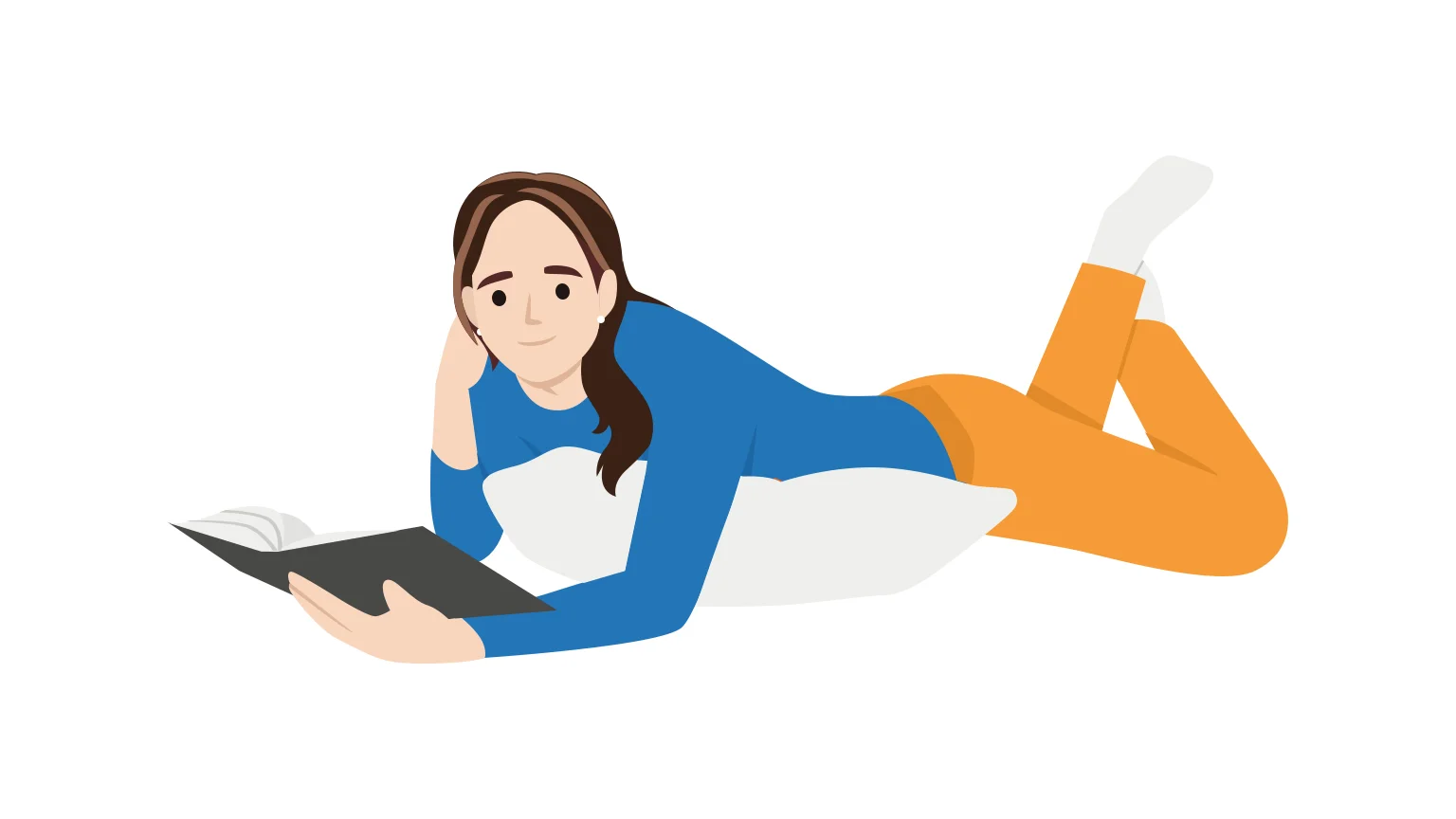
About this routine
You’ll be doing bench press, squats and deadlifts twice each during the week, although the intensity of each exercise varies through the routine. This routine has two dedicated days for bench and deadlifts, with two further days for squats and bench, and deadlift and squats respectively.
There are three max effort days – one for each of the powerlifting exercises. On these days, you’ll be doing bench press, squats or deadlifts using a heavy load (up to 85% of your 1RM) and a small number of reps (2-3 reps on max effort days and 3-5 reps on other days).
Here’s how the program breaks down over 5 days:
- Monday – Squats (max effort) and bench
- Tuesday – Rest day
- Wednesday – Bench (max effort)
- Thursday – Deadlift (max effort)
- Friday – Rest day
- Saturday – Deadlifts and squats
- Sunday – Rest day
Compare routine
If you're new to powerlifting, the 3 days per week routine is generally a good place to start. It's a simple routine where each day is dedicated to one of the key lifts: bench, deadlifts then squats. There are one or two days of rest between each workout.
However, for advanced powerlifters, training 3 days per week might not provide enough training volume. You might find you hit a plateau and you may find it difficult to keep progressing.
A 3 day split can also make it difficult to distribute your lifts and accessory exercises through the week, which can lead to imbalances. Working more days per week allows you to easily address imbalances by adjusting your routine on the fly.
Effective workout routines see you train each muscle group twice per week. This is just about possible with a 4 day routine, but you'll need to combine multiple lifts into the same workout session.
Because you are combining lifts, you are not only increasing frequency of your routine, but also the intensity of each individual workout. This makes it a significant step-up from the 3 day routine.
Compared to our 5 day powerlifting split, working out 4 days per week provides you more rest and recovery. Rest is particularly important for powerlifting since it involves intense workout sessions lifting heavy weights.
With 3 days of rest per week, this split needs less of your time commitment. This can make it easier to train consistently, although it gives you less flexibility in the intensity of your workouts. Having more rest days can also reduce the risk of injury.
If your time commitment isn't a problem, there are a few benefits to working out 5 days per week. You can either:
- Spread the volume over the week - Training just 4 days per week means you'll be working with a high intensity. If you move from a 4 day to a 5 day powerlifting split, you don't have to increase overall volume of your routine. Instead, you can use the 5 days to more evenly spread the training volume through the week. This will make each workout have less intensity, which can make the routine more manageable.
- Increase the volume - If you're comfortable with the 4 day split and reaching a plateau, you can also use a 5 day routine to further ramp up your training volume. This way you keep the intensity and frequency high.
What is the 4 day powerlifting program?
All powerlifters build their routines around the three key powerlifting exercises: squats, bench press and deadlifts. Gym Geek's 4 day powerlifting program sees you perform each of these lifts twice per week, with one "max effort" workout lifting close to your one-rep max for each exercise.
Unlike bodybuilding routines where the goal is to build bigger muscles (hypertrophy), powerlifting is all about power and strength in your lifts. That's why this routine uses heavy lifts with a smaller range of reps.
Changelog
- 18 March 2024 - Routine first published by Jane Litfin.
- 2 January 2025 - Substantial content update and layout change by Jane Litfin. Adopted a more user-friendly content layout, by including the routine carousel, the workout days, structure and comparison with other powerlifting routines at the top of the page.
